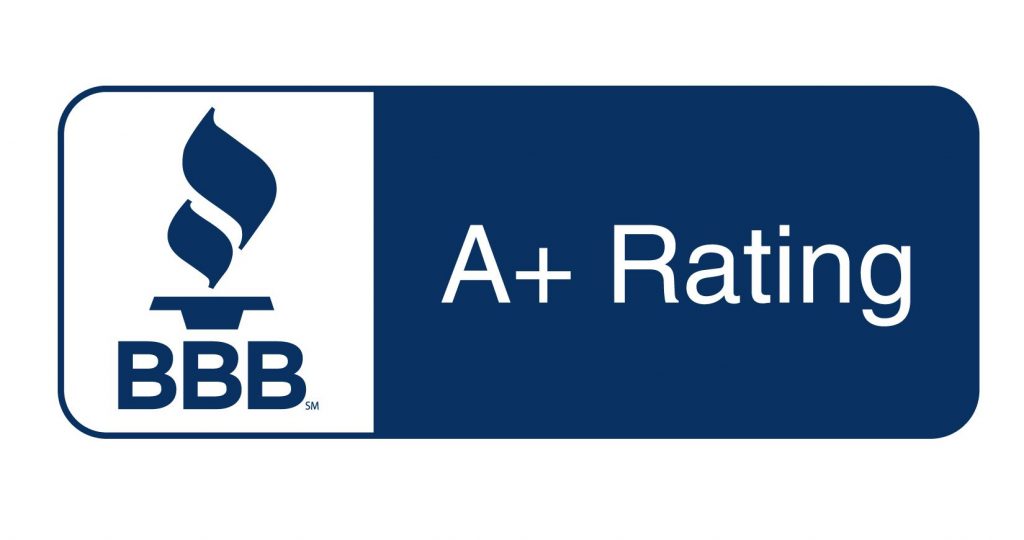Medicare IRMAA often catches people off-guard. Just as they think they have all their healthcare costs figured out, they’re hit with an extra amount they were not prepared for. IRMAA is an important aspect of Medicare to prepare for, as it could add hundreds of dollars to your Medicare premiums.
What Is IRMAA?
IRMAA stands for the Income-Related Monthly Adjustment Amount. It is an extra charge added to both your Part B and Part D premiums. If your income falls above a certain threshold, you’ll be subject to IRMAA. The reason the federal Medicare program does this is to enhance the financial stability of the program. Those who make more money pay higher premiums.
The Social Security Administration adjusts IRMAA every year. They create a number of thresholds for both individuals and couples. The thresholds and associated costs change each year, typically increasing.
IRMAA is based on your modified adjusted gross income or MAGI from two years prior. For example, your 2023 Medicare premiums are based on your 2021 income. If you are married and filed taxes jointly, you’ll use the joint amount. Single filers will use the single IRMAA thresholds.
IRMAA for Medicare Part B
We mentioned that IRMAA applies to both Part B and Part D. There are different IRMAA amounts for each of these parts of Medicare. Part B is your outpatient insurance, and it is paid directly to the Social Security Administration. In 2023, the standard Part B premium is $164.90.
The thresholds for Part B IRMAA begin at $97,000 for couples and $194,000 for individuals. If your income is higher than those amounts, you’ll pay an extra $65.90 on top of the standard Part B premium, bringing your total to $230.80.
At the highest end of IRMAA, couples who made $500,000 and individuals who made $750,000 will pay $395.60 in IRMAA, bringing their Part B premium to $560.50.
For the full list of Part B IRMAA thresholds, visit Medicare.gov.
IRMAA for Medicare Part D
IRMAA for Part D works the same way but with different extra costs. Medicare Part D includes all of the prescription drug programs. These plans are offered by private insurance carriers, not the federal program. If you are subject to IRMAA, you will pay the insurance company the premium, but IRMAA will be paid to the Social Security Administration.
There is no standard premium for Part D plans. Premiums vary by plan, somewhat based on how much prescription coverage you need. The average monthly Part D premium in 2023 is $32.74, though you could pay much less or much more depending on the plan.
Part D IRMAA thresholds are the same as they were for Part B. The actual IRMAA amounts are lower. For example, at the first threshold we mentioned, beneficiaries will only pay an extra $12.20. On the highest end, you’ll pay $76.40.
For the full list of Part D IRMAA thresholds, visit Medicare.gov.
How to Appeal Your Medicare IRMAA
It is possible to appeal IRMAA if you feel like it was calculated incorrectly or your financial situation has changed significantly. We often see this happen when someone has recently retired and has a much different income than they had in recent years.
Other events that may help you appeal IRMAA include the death of a spouse or the loss of income-producing property.
If you’d like to try to appeal IRMAA, start by completing form SSA-44. It will be helpful to have your most recent tax returns, as you’ll be asked to provide your modified adjusted gross income. It will also ask you to send a copy of the evidence that shows you had a significant life-changing event. The form gives you a list of the documentation required based on each event.
The Medicare advisors at Carolina Senior Benefits are happy to help you through this process. Plus, we’ll guide you through the other parts of Medicare and explore options to reduce your healthcare costs during retirement. Reach out to us today for personalized Medicare advice.





